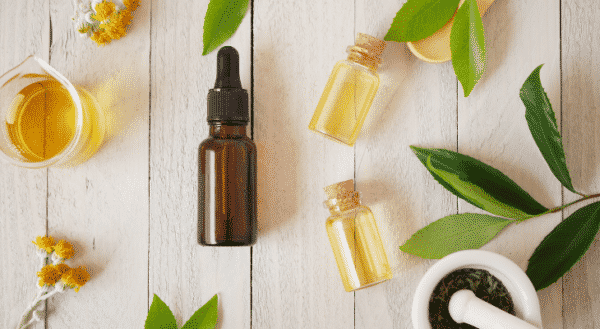Seven trends set to drive the skincare market in 2022
Not only is the skincare sector expected to continue surging, recent events are shaping what consumers are looking for.
On the back of sales growth that has ranged from 200 to 600 per cent since the first quarter of 2020, industry insiders have dubbed skincare the ‘new lipstick’. It refers to the ‘lipstick effect’, where consumer spending on smaller, more affordable luxuries during times of hardship tends to grow rather than shrink.
Due to recent global events it’s been less make-up, more skincare being added to shopping baskets as people strive for comfort and self-care.
One indicator that this trend is here to stay is beauty giant Shiseido’s decision to sell off some of its make-up brands to focus more on skincare. Another is Smashbox Cosmetics founder Davis Factor saying the next big thing in make-up is products enriched with skincare ingredients.
Skincare is not only in, it’s set to stay on consumers’ radars. Here’s an insight into seven trends that will dominate in 2022.
1. It’s all about the microbiome
In line with consumers’ fascination with the gut microbiome, which shows no signs of abating, interest has migrated to the skin’s microbiome – the ecosystem of microorganisms that live on the skin. Leading predictive-analytics and retail-data platform Trendalytics has listed probiotics, postbiotics and makgeolli, a brewed rice wine made of rice, water and a fermentation starter called nuruk, among the top 10 ingredients to watch.
2. Consumers will grow their ‘skintellectual’ knowledge
Fueled by influencers and ingredient-led product launches, consumers are more familiar with individual skincare ingredients than ever. The prediction is this category of consumer – ‘skintellectuals’ – will continue to find which new ingredient does what and seek products based on these specific ingredients rather than higher-level claims and promises.

3. Derma brands will dominate
These are products either formulated or endorsed by dermatologists or those that contain ‘actives’. They’re ingredients that actively target a specific skin concern, such as ageing, pigmentation or congestion, and include things like vitamin A, vitamin C, niacinamide and hyaluronic acid.
4. Demand for natural and organic will double down
A forecast report spanning 2021-2026 from market researchers Mordor Intelligence identifies Australia as one of the most important and emerging markets for organic and natural skincare products. Other projections say it’s Gen Z – those born between 1995 and 2009 – who will be the biggest purchasers in this market. More than 80 per cent of Gen Zs are already passionate about buying natural and organic skincare, and have a preference for ingredients that are water-efficient and plant-based, seeking out ingredients such as bakuchiol, a plant-based alternative to retinol.
5. Products will be harder working
Consumers will continue to view skincare as self-care. But products that address multiple needs in one will shine through, as people continue to gravitate more and more to less-complicated skincare routines. It’s an extension and continuation of 2021’s ‘skinimalism’ and ‘skin fasting’ trends, which saw consumers pare back the steps and products involved in their skincare after creating elaborate routines with more time on their hands in 2020.

6. Experiential products will continue to thrive
Yes, consumers want their skincare products to work, but according to a Mintel report into the beauty and personal care landscape, on top of requirements like efficacy, safety and clean credentials, Australian consumers also want products that deliver an experience, have a sense of fun about them or help relieve stress. This suggests that the recent uptick in skincare tools,¬ such as rose quartz rollers and gua sha, is likely to continue.
7. Packaging will become biodegradable
Eco-ethical considerations are influencing consumer purchasing choices more than ever. Increasingly, it’s packaging that’s biodegradable rather than recyclable that’s most appealing. Recyclable packaging will still have a role ¬– especially refill pods that fit into an empty jar, pot or tub of skincare. Trialling the concept recently, one global skincare brand found fully recyclable pods eliminated 94 per cent of the plastic jar waste compared with purchasing a new jar of product.
Don’t fall behind on catering for your consumer needs, browse our online directory for the latest in beauty here.
-
Get your FREE ticket
- REGISTER FOR FREE
